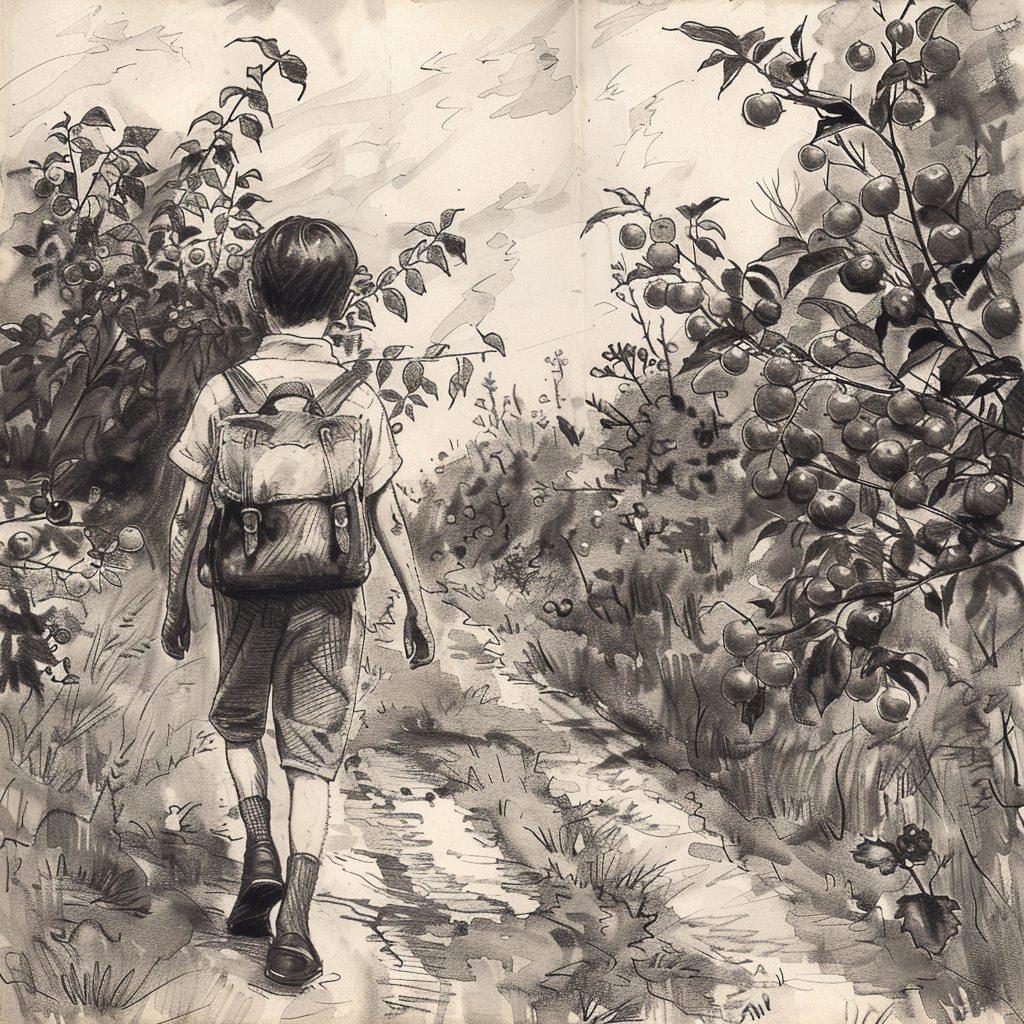In late summer, right in the first days of September, I set out for my first day of school. When I left the house early in the morning, swallows were already gathering in long rows, chirping excitedly on the power lines.
This post has been moved. Please follow us on Medium to read and/or listen (!) to it in full.
The Bright Side of the Doom, a Prequel to 1984, The 18-Year-Old Who Wrote a Note and Disappeared is now available worldwide in bookstores as a hardcover, paperback, and e-book‼️
